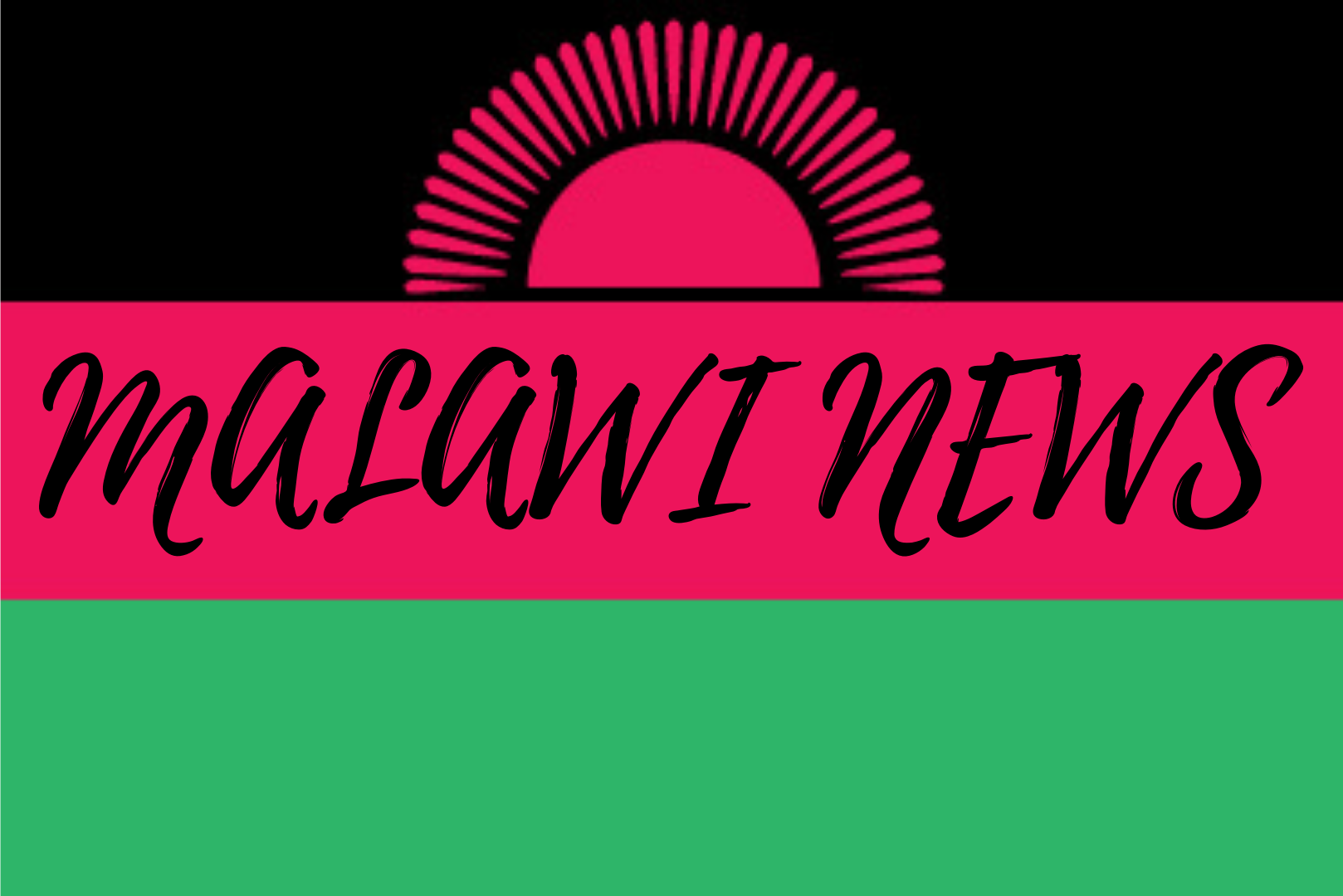Ben Kalua
Economic experts have warned that the country could be facing a financing crisis in the near future following revelations that total public debt to gross domestic products (GDP) ratio has reached 71.2 percent.
The debt-to-GDP ratio is the ratio of a country’s public debt to its GDP.
It is considered that the higher the debt-to-GDP ratio, the less likely the country will pay back its debt and the higher its risk of default, which could cause a financial panic in domestic and international markets.
However, central government debt, which excludes debts owed by parastatals and other independent government bodies, ratio to GDP remains at 58 percent.
An economist working with one of the government agencies, who did the calculations but did not want to be named, said the problem stems from the untamed appetite for borrowing.
He said borrowing was high and the government was under pressure to service the loans, which is also being done through borrowing.
“We are in a circus and we are a situation where we do not know where our next meal will come from. We are at the mercy of foreign banks to finance us but remember other development partners have lost trust in us already; that is the reason our reserves have remained low.
“Issues of corruption will make it difficult for us to secure funding and the debt retirement fund is not feasible because the government has nowhere to get money and the little money the government sources has to be consumed right away,” said the source.
“Our strategies and resources are not matching, we are on a firefighting mission as of now and we are heading towards a financing crisis. This is worrisome coming when we are just two weeks into the new year. We should have an economic surgery, let us examine what we are importing and do away with items that we can do without,” he added
A separate calculation conducted by Malawi University of Business and Applied Sciences-based economist Betchani Tchereni proved the figures showing a total debt to GDP ratio of 70 percent.
He said, in the long run, such a development will make the Malawi 2063 development plan unrealisable.
“Firstly, with such a ratio, no one will be willing to lend to Malawi; secondly, this will make loans very expensive and, therefore, dwarf consumption which results in crowding out of investments.
“This will also result in macro-economic fundamentals such as inflation, interest rates and the exchange rate misbehaving and scare investors and consumers,” Tchereni said.
In a separate interview, University of Malawi Professor of Economics Ben Kalua said he could not verify the figures but it is possible considering that Malawi has been accumulating debts for a long time.
“So many sub- Saharan countries are heading that way anyway. With the coming in of the Chinese to offer loans to Africa, it has become contagious. However, the Chinese are being strategic about it because, as of now, I understand that they want to be cautious because so many African countries are on the brink of default.
“It is the issue of slowing down by actually addressing the issues that are pushing us to that. We always argue, as economists, that good investments should not be any issue regarding debt because we are talking about returns to investment; so, there must be something that we are doing about the investments that are not bringing in those returns which should spur economic growth,” Kalua said.
Kalua further said the issue stems from inefficient use of resources and abuse of resources coupled with borrowing for inefficient investment.
Officials in the Ministry of Finance could not furnish us with a response on the matter at the time we went to press.
However, an annual economic report for 2021accessed from the Ministry of Finance website indicates that government financing needs surged and the resulting increase in public debt loads was a challenge for policy makers.
“Faced with higher post-pandemic budgetary funding needs, policymakers have adjusted and broadened their strategies over the past few quarters. These adjustments have included a mix of shorter local currency debt duration; the introduction of asset purchase programs-which in some cases involved explicit monetary financing; and increased reliance on the domestic banking system for newly issued debt.
“Some frontier market economies have also relied on debt restructuring and, for eligible countries, participation in the G20 Debt Service Suspension Initiative and more recently in the G20 Common Framework for Debt Treatments,” the report reads.
Let us know what you think of this article and remember to add us on our facebook and follow us on our twitter. Come back daily for more Malawi business news.
Quick Links: Download Business eBooks | Ten Signs You Are An Entrepreneur | What is a Managing Director?
The post Financing crisis looms – The Times Group Malawi appeared first on Business Malawi.
 Moni Malawi
Moni Malawi 